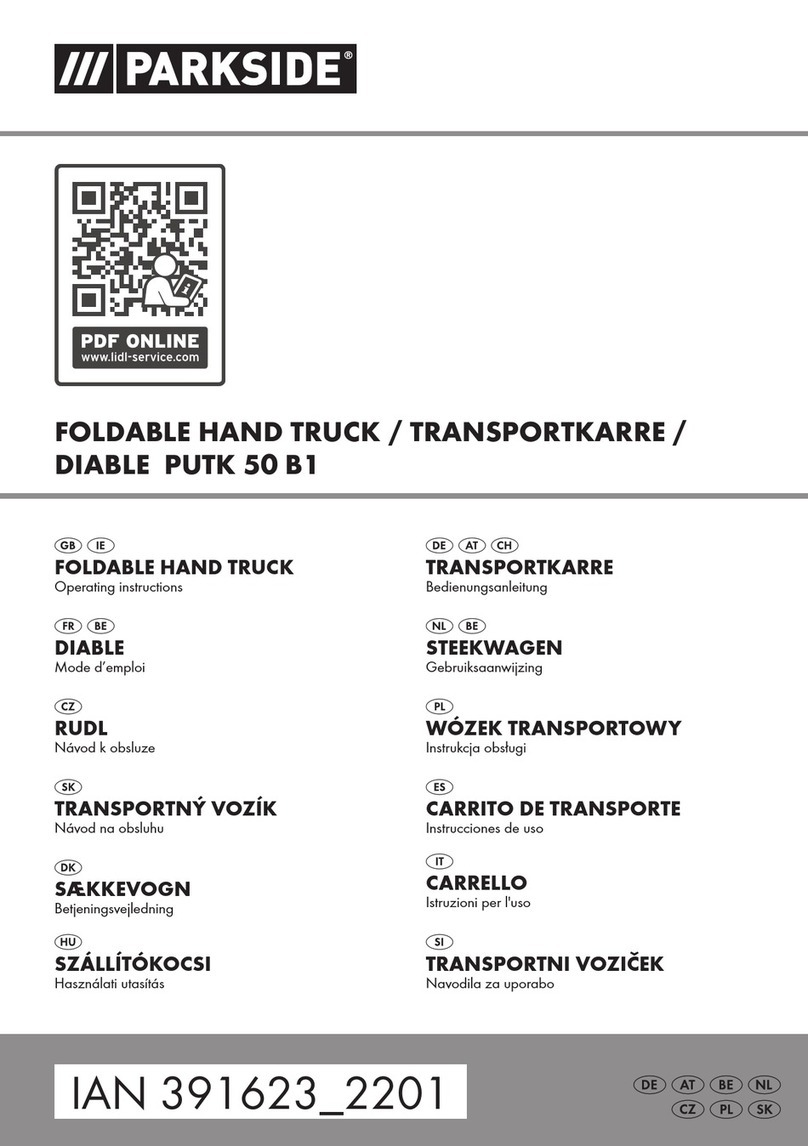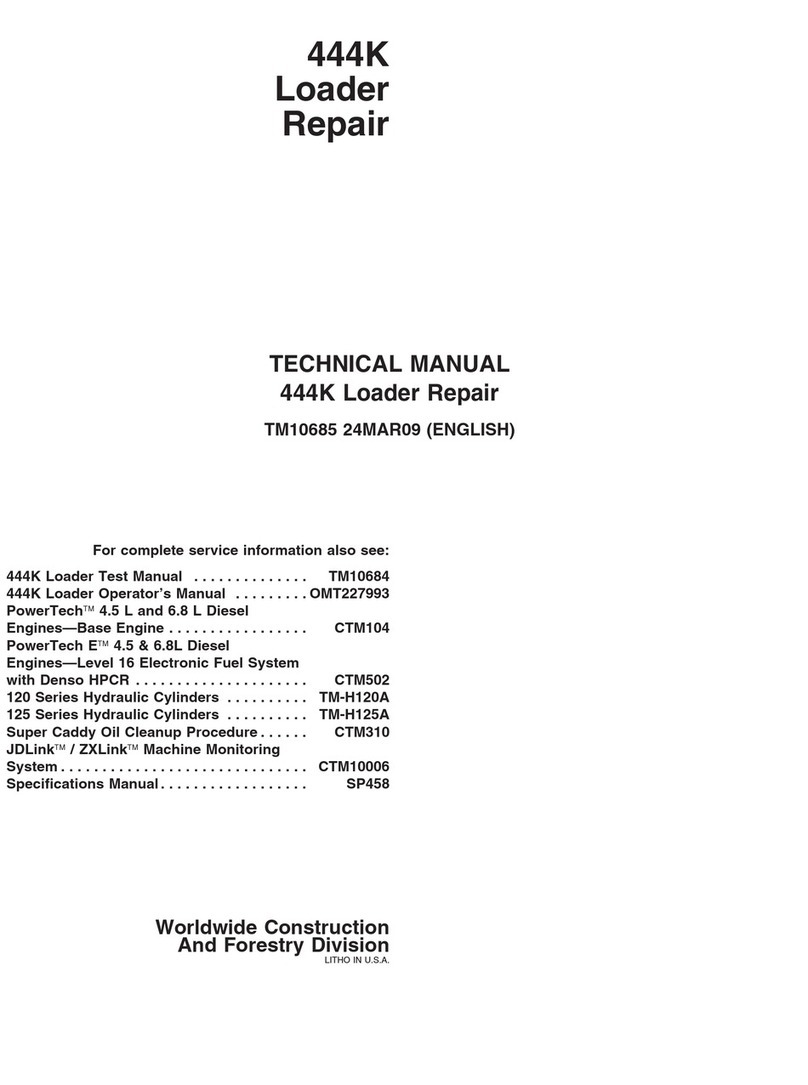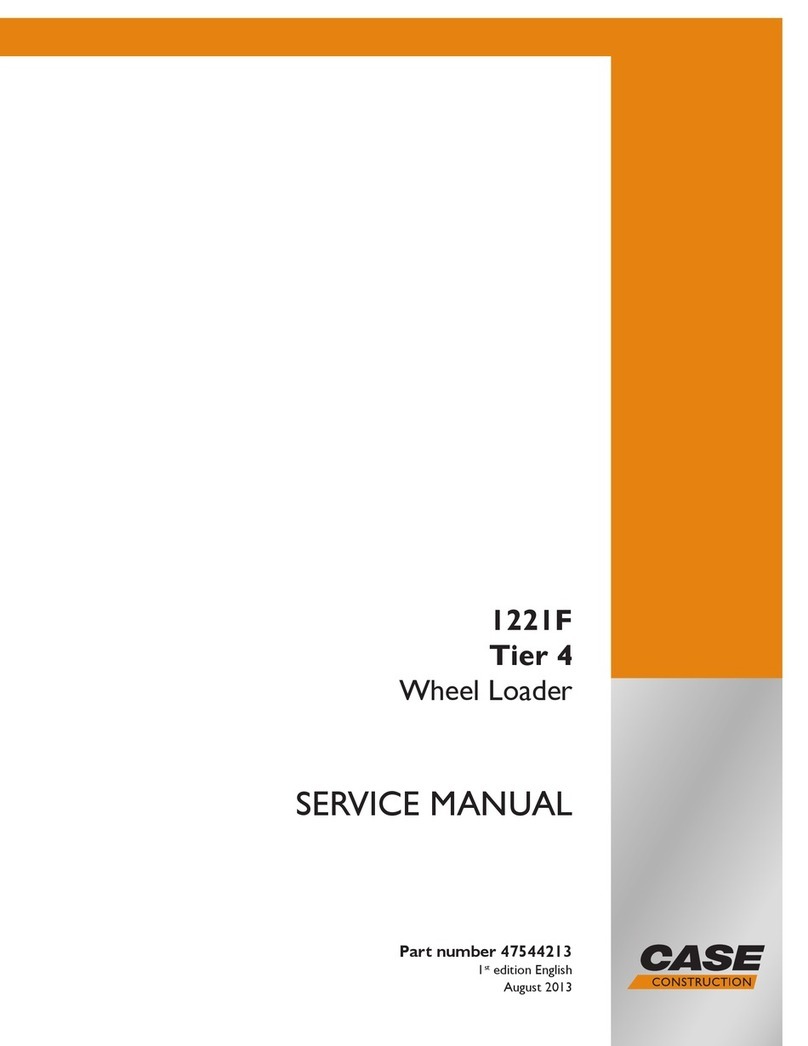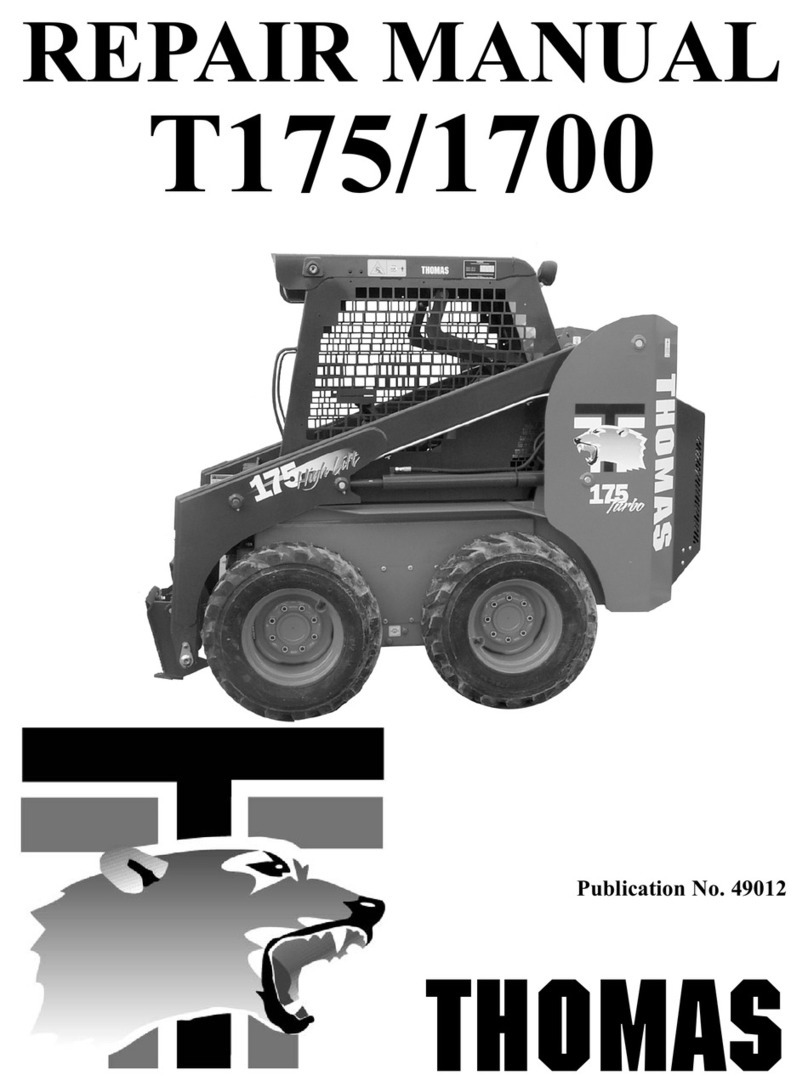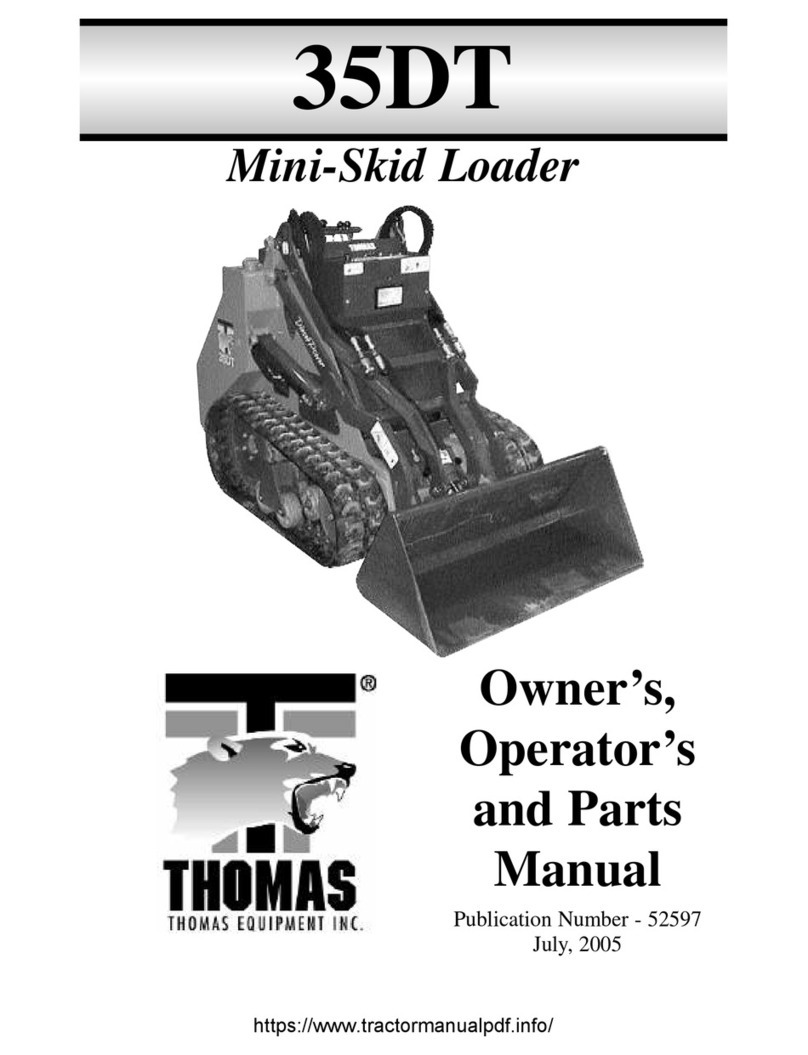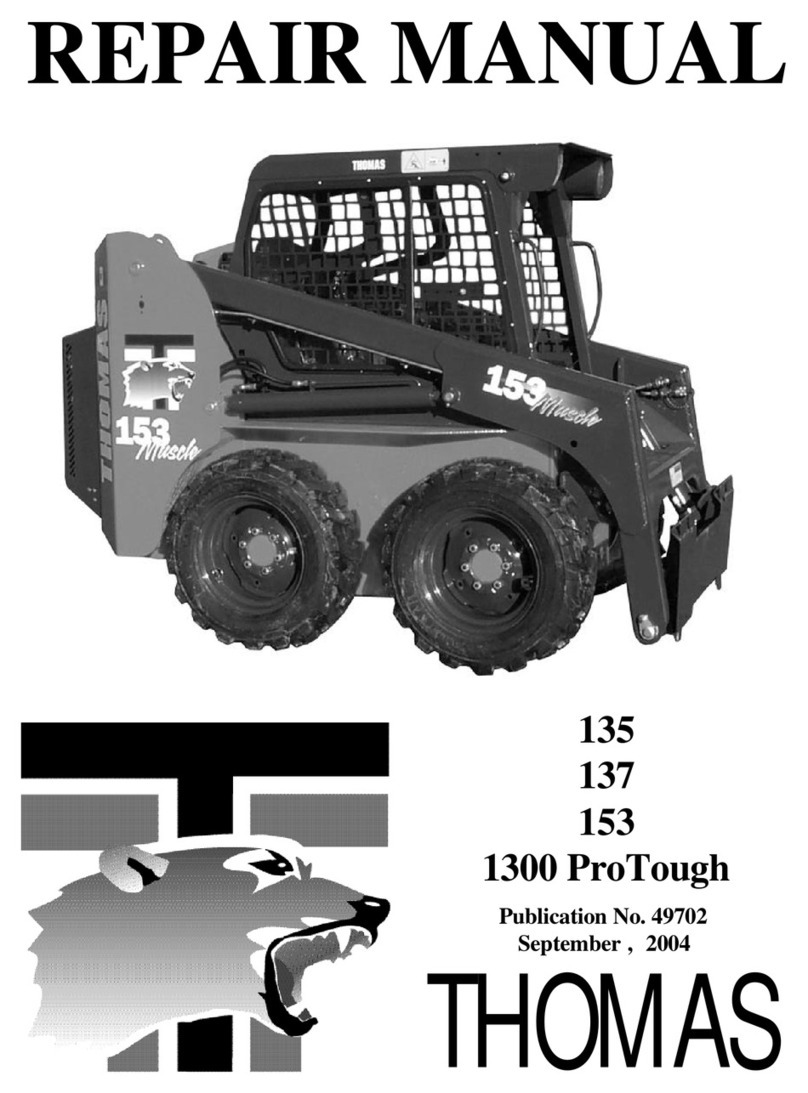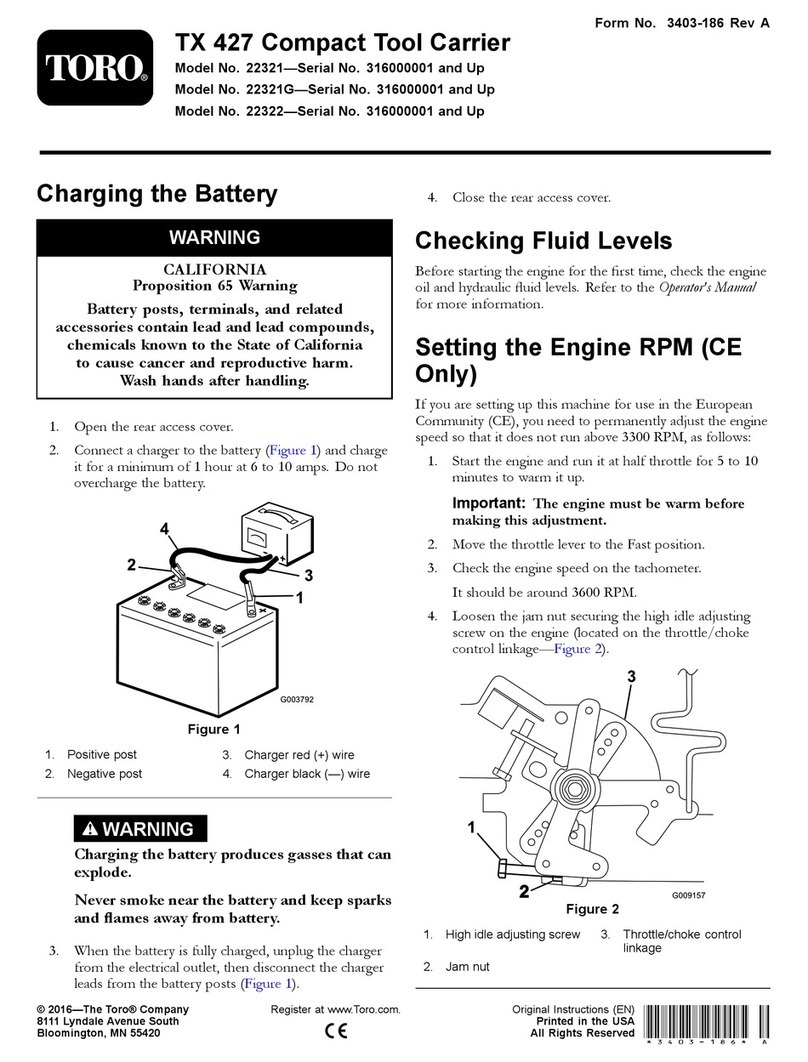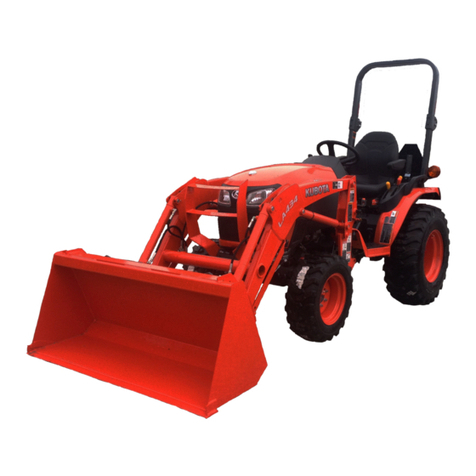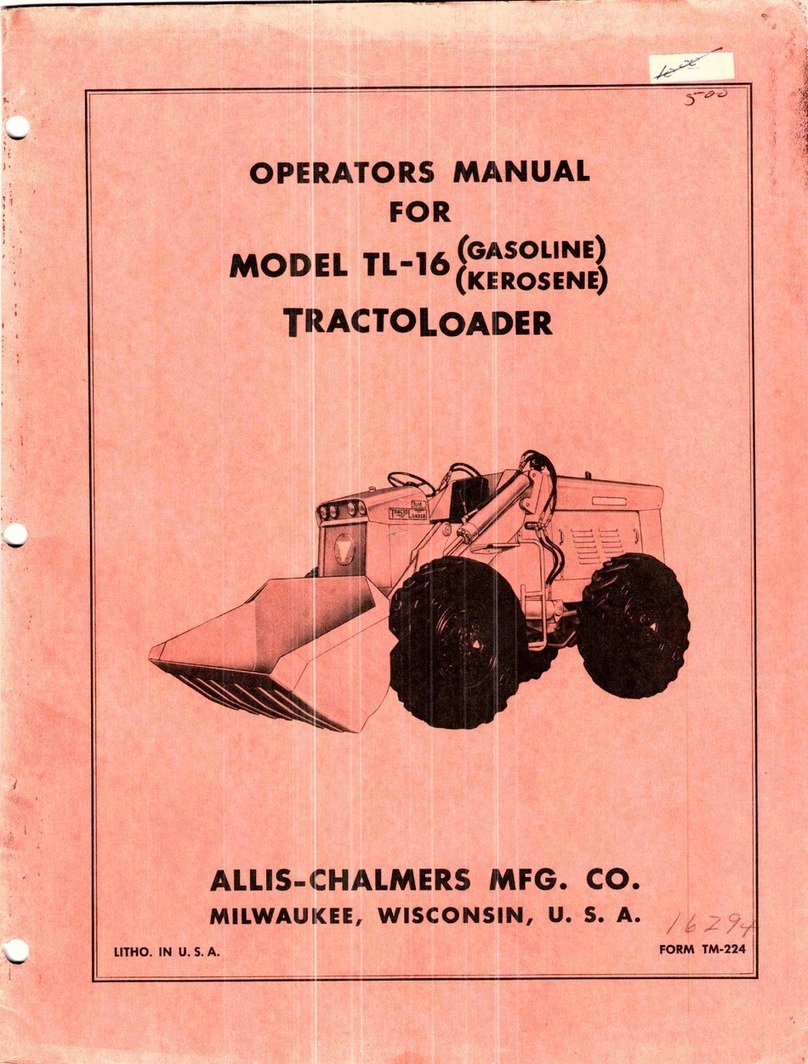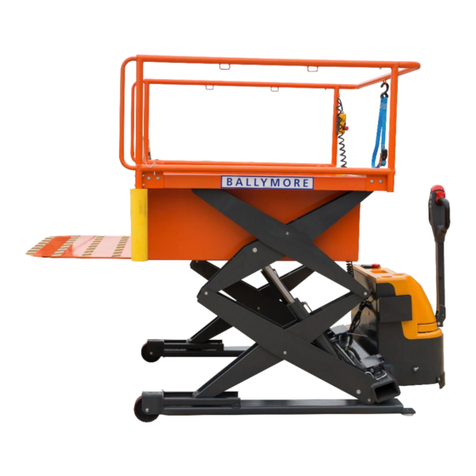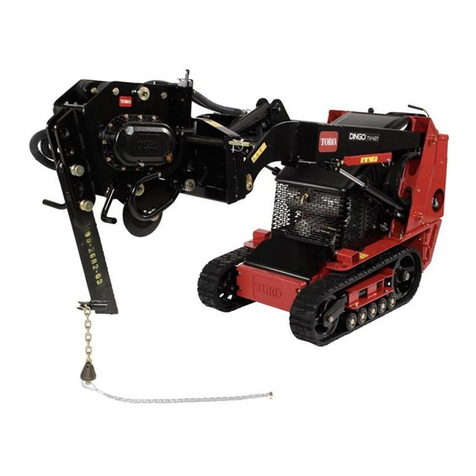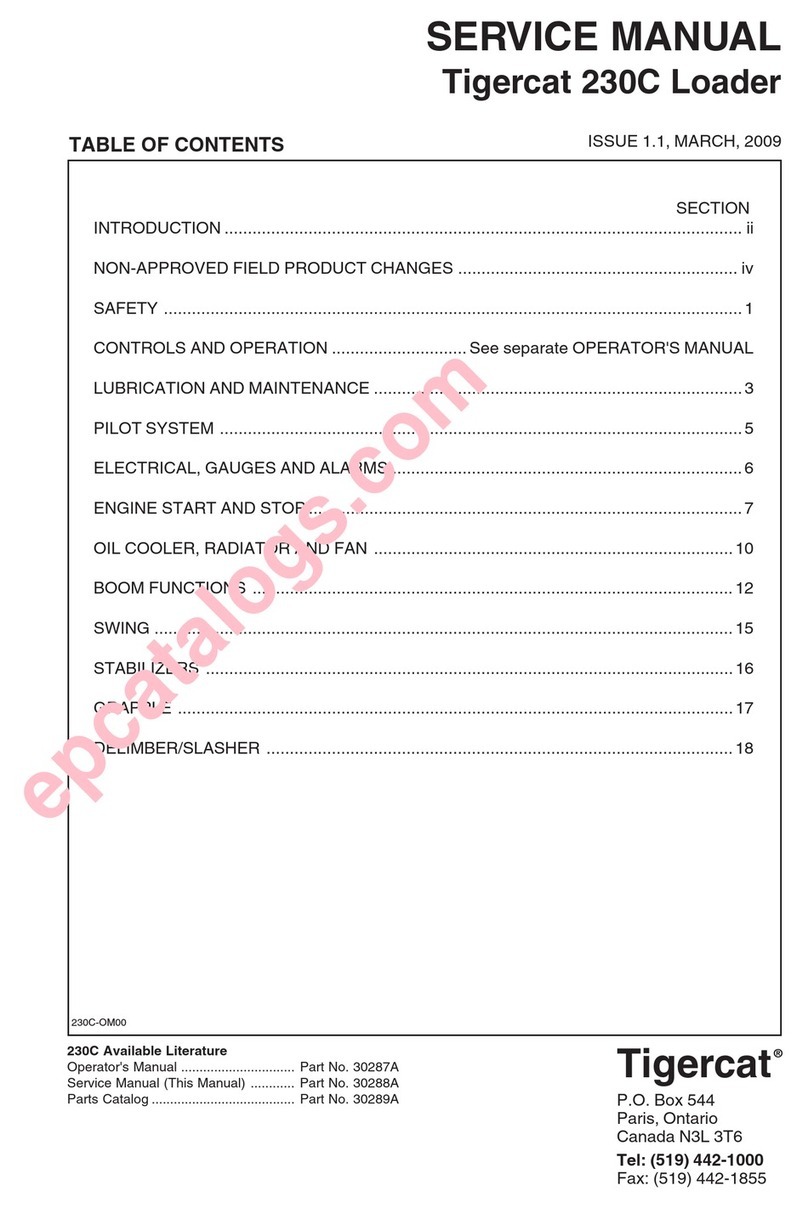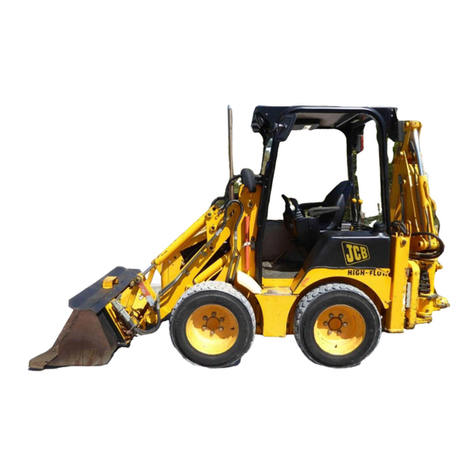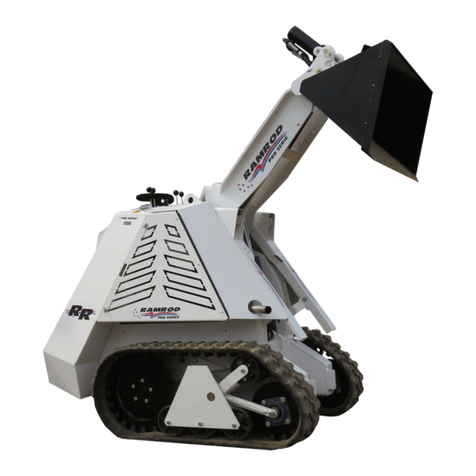
7
SERVICE TECHNIQUES
A. SERVICE SAFETY
Appropriate service methods and proper repair
procedures are essential for the safe, reliable
operation of all motor vehicles as well as the
personal safety of the individual doing the work. This
shop manual provides general directions for
accomplishing service and repair work with
tested effective techniques. Following them will help
assure reliability.There are numerous variations in
procedures, techniques, tools and parts for servicing
vehicles as well as in the skill of the individual doing the
work. This manual cannot possibly anticipate all such
variations and provide advice or cautions as to each.
Accordingly, anyone who departs from the instructions
provided in this manual must first establish that he or she
compromises neither his personal safety nor the vehicle
integrity by his choice of methods, tools or parts.
B. SERVICE TECHNIQUES
Clean the exterior of all components before carrying out
any form of repair. Dirt and abrasive dust can reduce the
efficient working life of a component and lead to costly
replacement.
Use cleaning fluids which are known to be safe. Certain
types of fluid can cause damage to O rings and cause skin
irritation. Solvents should be checked that they are
suitable for the cleaning of components and also that they
do not risk the personal safety of the user.
Time spent on the preparation and cleanliness of working
surfaces will pay dividends in making the job easier and
safer and will result in overhaul components being more
reliable and efficient in operation.
Replace O rings, seals or gaskets whenever they are
disturbed. Never mix new and old seals and O rings,
regardless of condition. Always lubricate new seals and O
rings with hydraulic oil before installation.
When replacing component parts use the correct tool for
the job.
C. HOSES AND TUBES
Always replace hoses and tubes if the end connections are
damaged. Be sure any hose installed is not kinked or
twisted.
When installing a new hose, loosely connect each end and
make sure the hose takes up the designed position before
tightening the connection. Clamps should be tightened
sufficiently to hold the hose without crushing and to
prevent chafing.
The hoses are the arteries of the unit; be sure they are in
good condition when carrying out repairs or maintenance
otherwise the machines output and productivity will be
affected.
After hose replacement to a moving component, check
that the hose does not foul by moving the component
through the complete range of travel.
Hose connections which are damaged, dented , crushed or
leaking, restrict oil flow and the productivity of the
components being served. Connectors which show signs
of movement from the original swaged position have
failed and will ultimately separate completely.
A hose with a chafed outer cover will allow water entry.
Concealed corrosion of the wire reinforcement will
subsequently occur along the hose length with resultant
hose failure.
Ballooning of the hose indicates an internal leakage due
to structural failure. This condition rapidly deteriorates
and total hose failure soon occurs.
Kinked, crushed, stretched or deformed hoses generally
suffer internal structural damage which results in oil
restriction, a reduction in the speed of operation and
ultimate hose failure.
Free moving, unsupported hoses must never be allowed to
touch each other or related working surfaces. This causes
chafing which reduces hose life.
D. PRESSURE TESTING
Prior to pressure testing, be sure all hoses are in good
condition and all connections tight. Pressure readings
must be taken with gauges of specified pressure readings.
The correct procedure should be rigidly observed to
prevent damage to the system or the equipment and to
eliminate the possibility of personal injury.
SAFETY PRECAUTIONS

